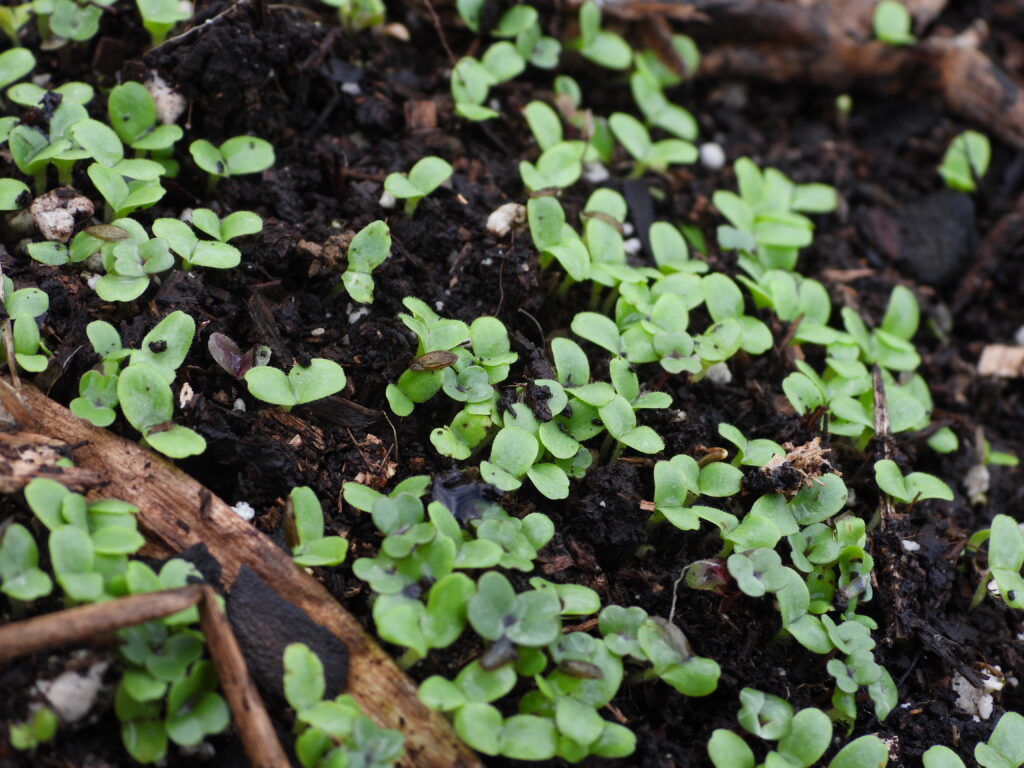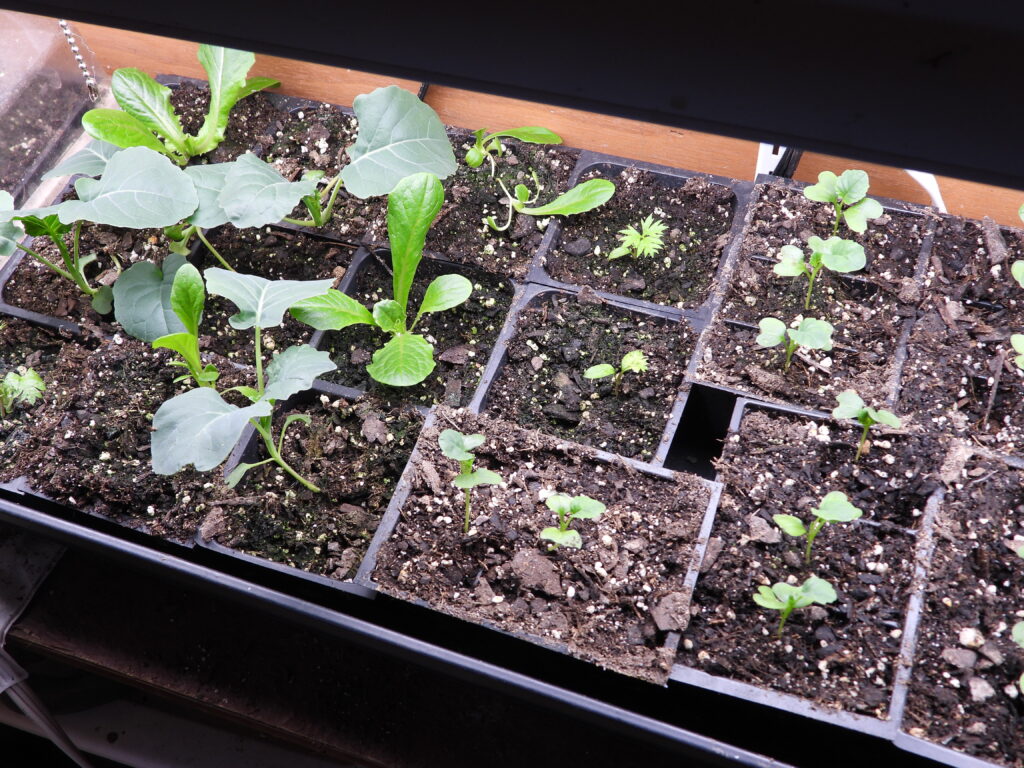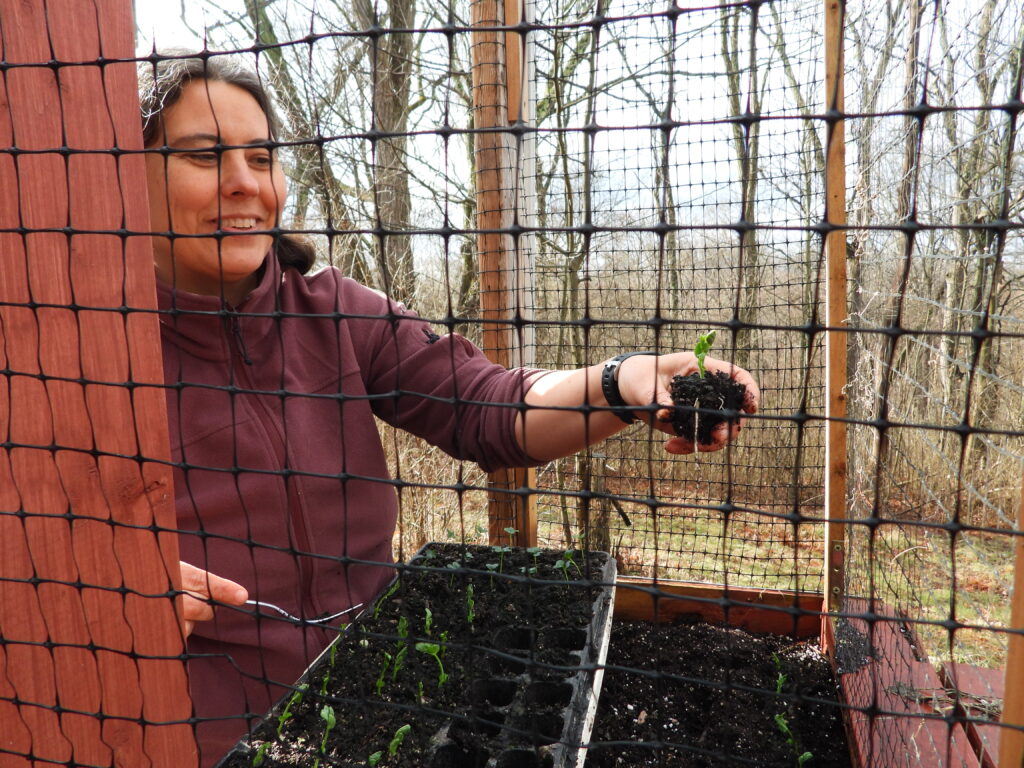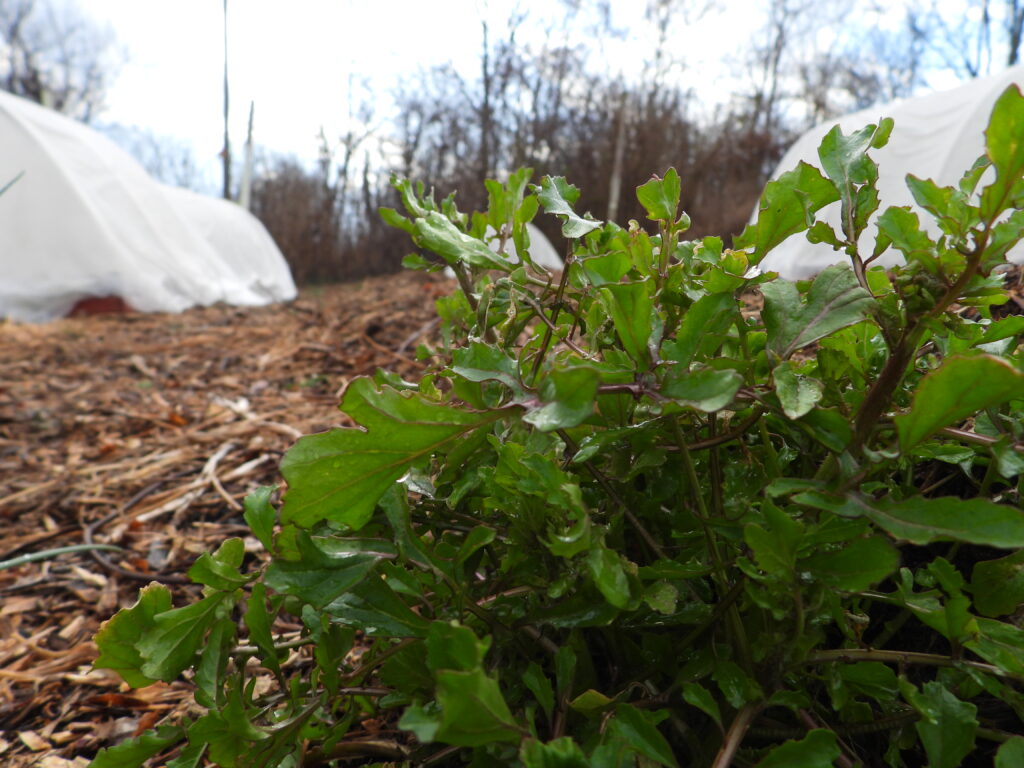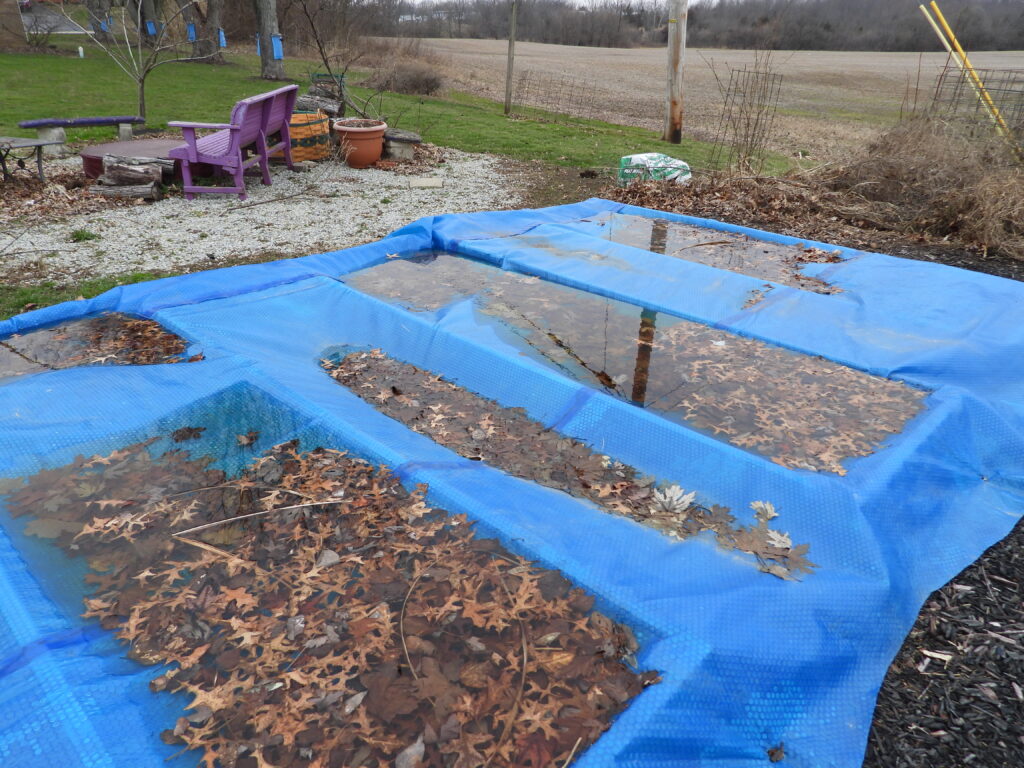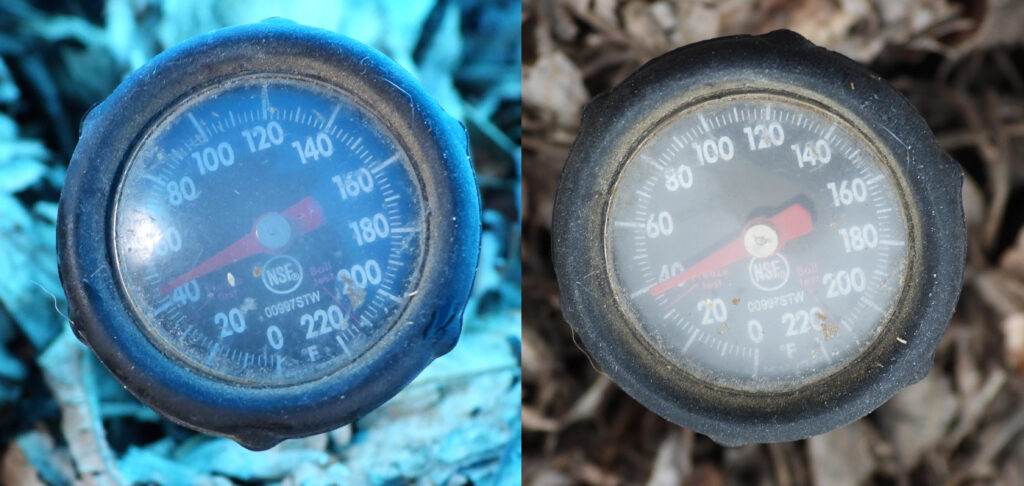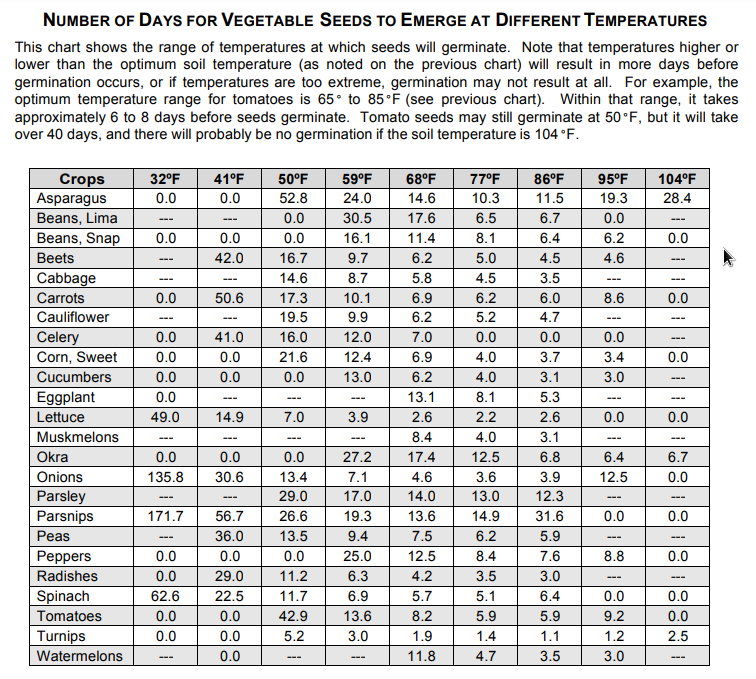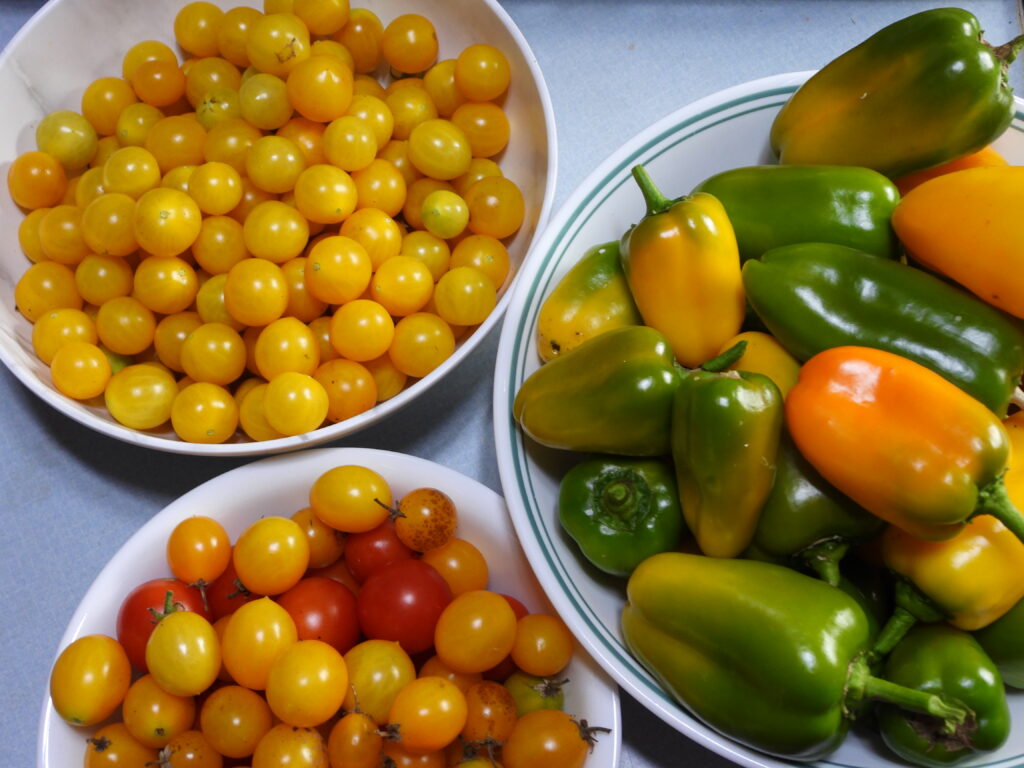
Frost pockets are real (and so are anti-frost pockets)
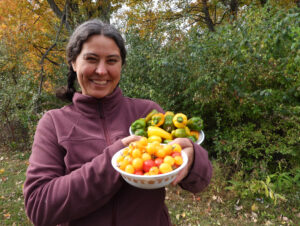
Mark and I picked the last tomatoes and peppers today in preparation for what might be this fall’s first frost. But will it be?
Back when we lived at the bottom of a hill in Virginia, we could count on cold temperatures dropping least as low as the forecast, sometimes five degrees colder. Up here on a hilltop, in contrast, the opposite is true. A week and a half ago, with a forecast low of 33 F, we only got down to 38. Driving out that morning, however, I saw frost a mile and a half away as soon as I reached the bottom of the hill.
So will this week’s forecast low of 28 freeze our crops? Only time will tell.
Water — the downside of hilltop gardening
Of course, hilltop gardening has its downsides too, the primary one being water. In the summer, I can feel the groundwater dropping out from under us. No matter how much water I add to our garden beds, the soil is always thirsty. The ground cracks. Plants are slow to grow.
I used to say that you can always add more water, but you can’t take water away. While that’s true, I’ve yet to figure out how to add enough water to keep our garden happy without spiking our monthly bill out of sight. I’m hopeful that continuing to boost our organic matter will increase the water-holding capacity, but there’s a lot of truth in the saying “high and dry.”
Bookkeeping note
This looks like our very first post, but it very much isn’t! We just hopped over from an old blog to a new blog to make our lives easier. If you’d like to enjoy old gardening posts, you can find hundreds (thousands?) here. If you’re an old faithful subscriber, be sure to update your RSS feed!
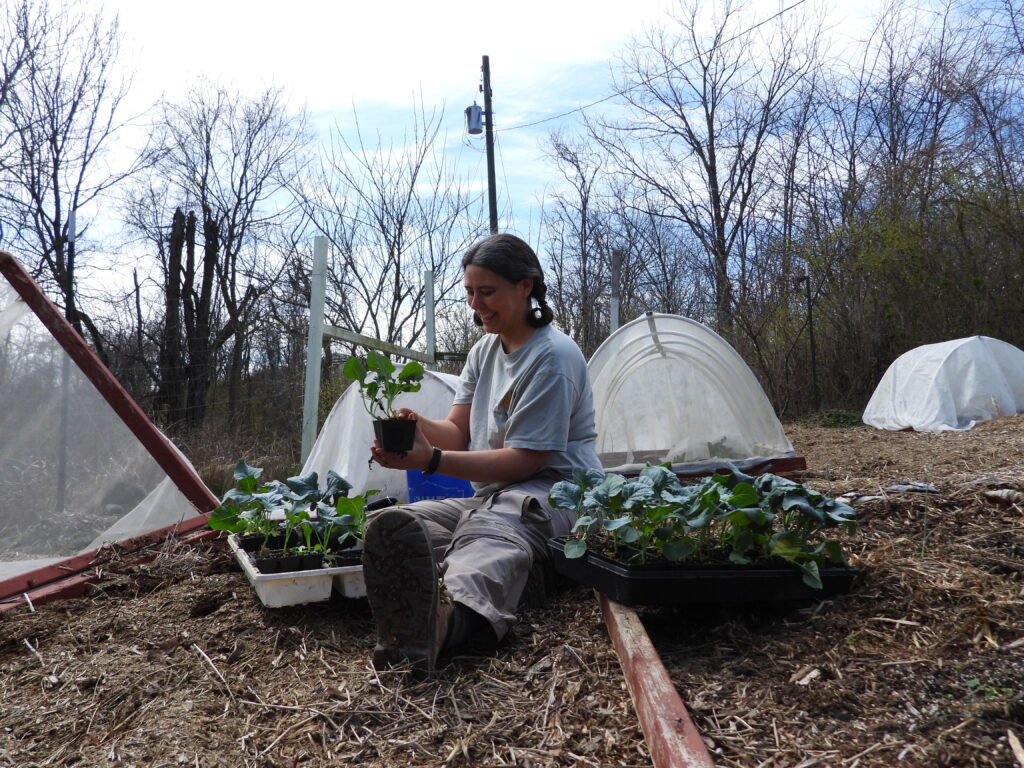
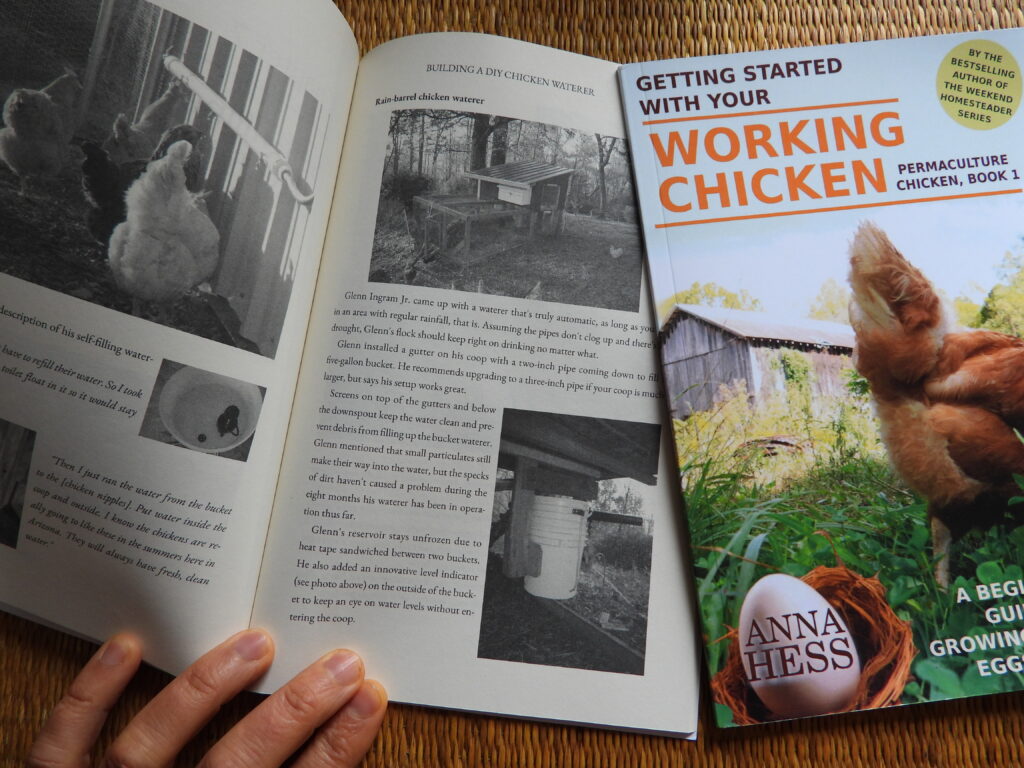
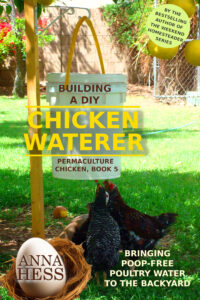
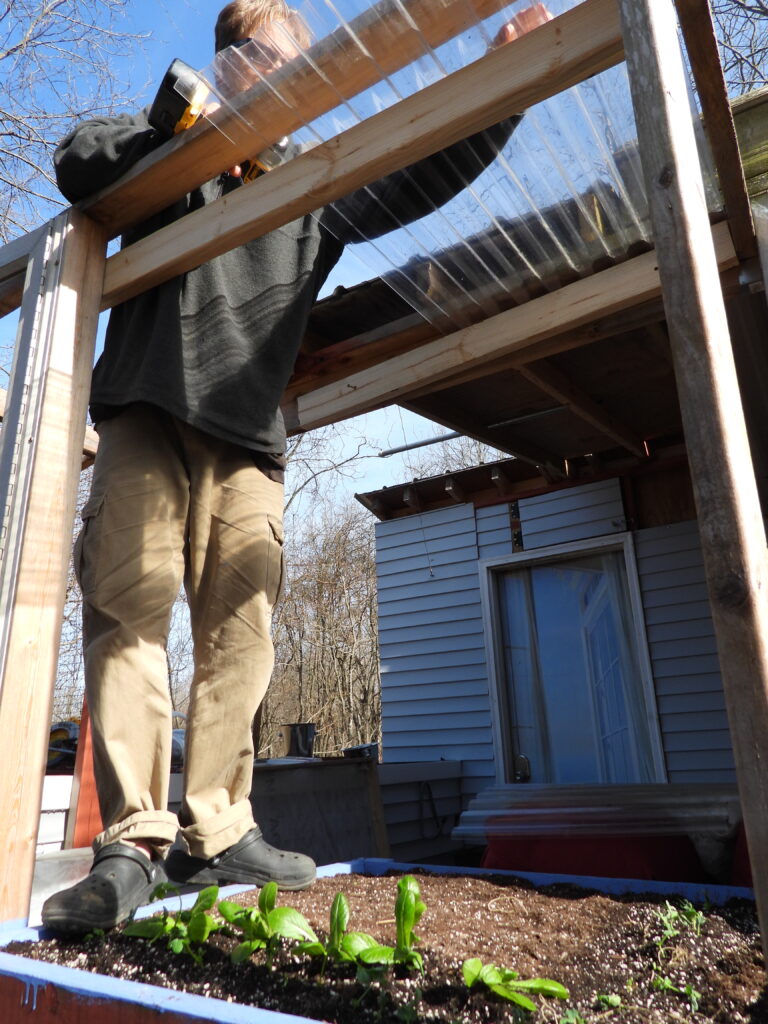 Meanwhile, we’ve been hard at work coming up with a new ebook in the Permaculture Chicken series.
Meanwhile, we’ve been hard at work coming up with a new ebook in the Permaculture Chicken series. 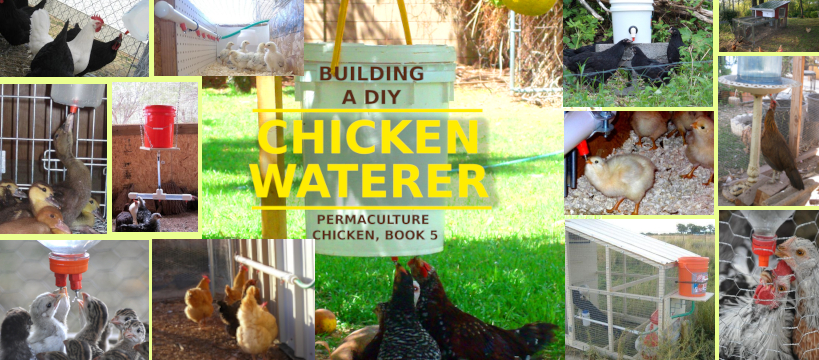
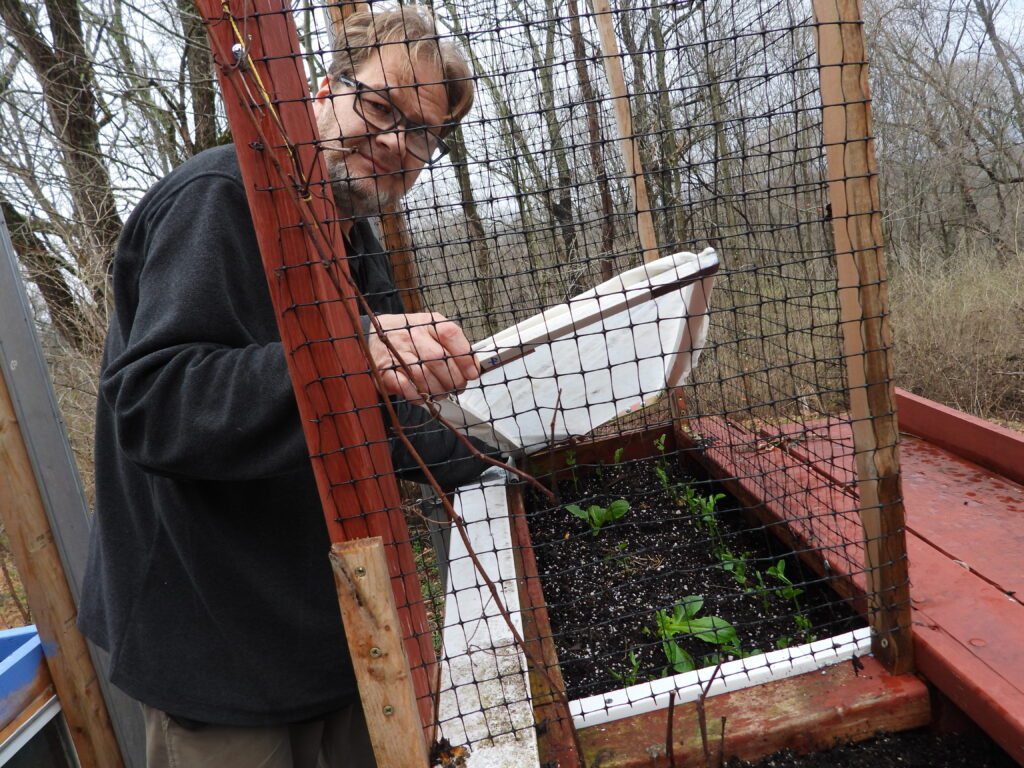 Another advantage to using a planter box is how easy it is to cover delicate plants in hopes of surviving a dip down to 20 degrees.
Another advantage to using a planter box is how easy it is to cover delicate plants in hopes of surviving a dip down to 20 degrees.